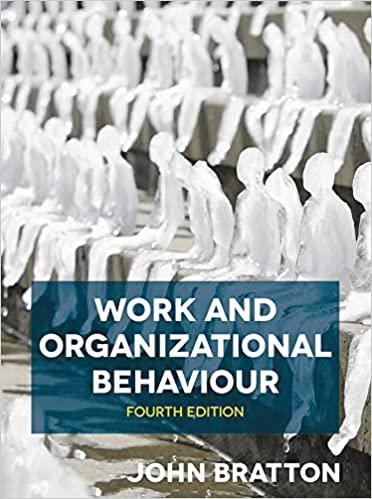3. Does surveillance of work activities increase or diminish workers autonomy and the quality of working life?
Question:
3. Does surveillance of work activities increase or diminish workers’ autonomy and the quality of working life? The adoption of digital technologies in the workplace has been beneficial in many respects, enhancing productivity, efficiency, creativity and flexibility for many workers. However, there are ongoing concerns about the use of such advancements for a potentially darker purpose: employee surveillance.
The monitoring of workers is by no means a new phenomenon. In Chapter 2 we discussed English philosopher and social theorist Jeremy Bentham’s ‘Panopticon’. A Panopticon is a circular building that allows a single individual to monitor all those within a particular institution from one vantage point, such as a watchtower. Those being observed cannot be certain as to whether they are being watched and, as a result, they are compelled to regulate their behaviour for fear of sanction.
Though Bentham died in 1832, he is still very much at the centre of contemporary debate regarding surveillance and privacy, as a story in The Guardian attests (McMullan, 2015). In his will, Bentham requested that his body be dissected and placed on public display. His request was honoured and his dressed skeleton, along with a wax rendering of his head, now rests in a glass case in University College London. In 2015, a webcam known as the ‘PanoptiCam’ was affixed to the display case to watch passersby. The data collected are, rather appropriately, used to test surveillance algorithms (McMullan, 2015). With artifical intelligence emerging as one of the IT world’s most disruptive new tools (Waters, 2019), employee surveillance is a major concern for human rights activitists.
Step by Step Answer:







